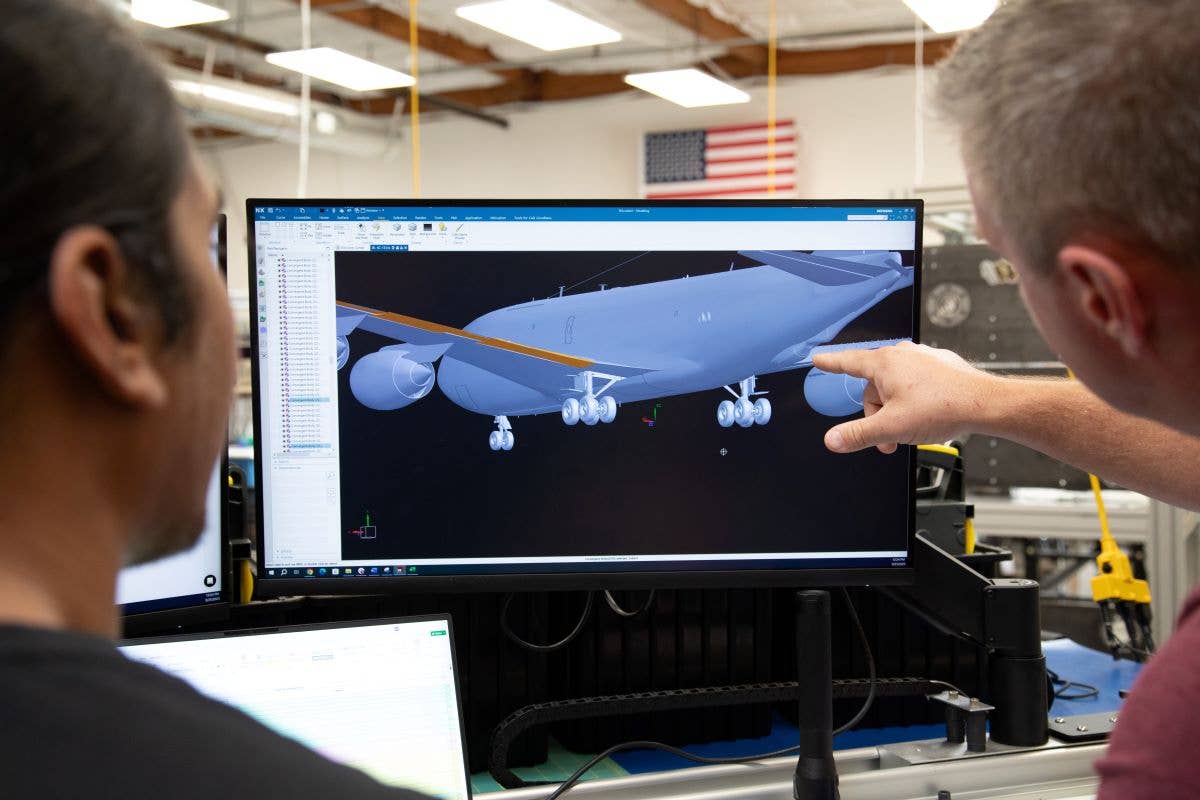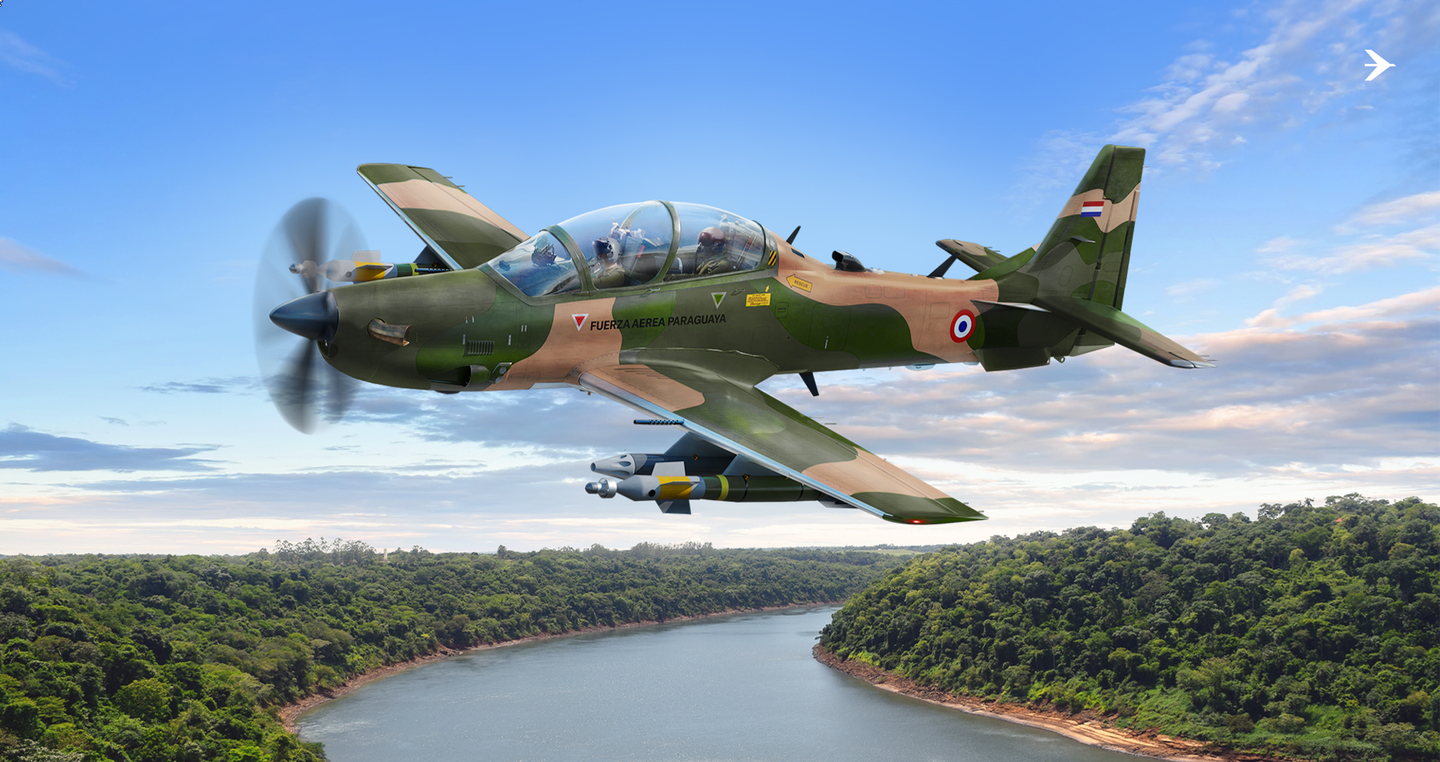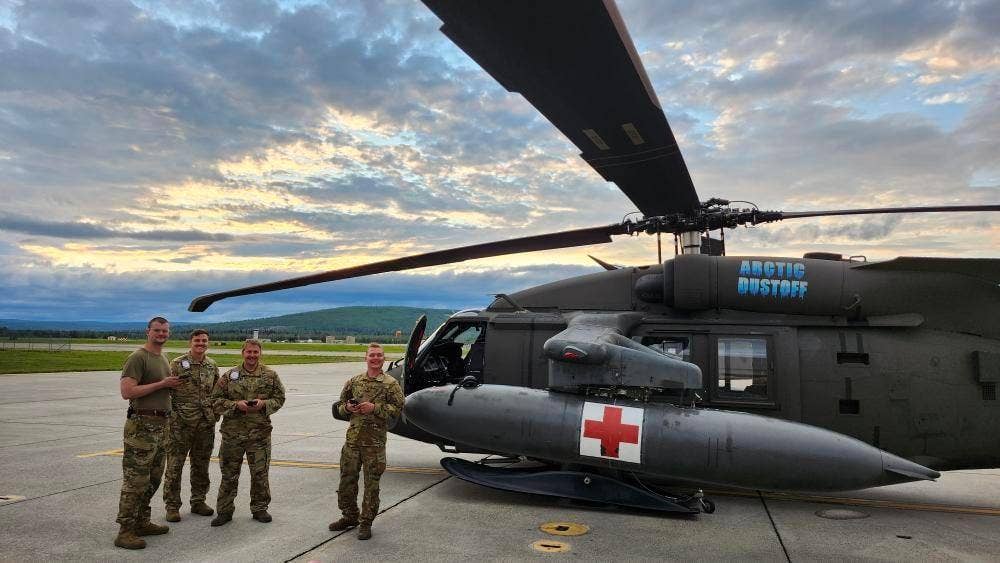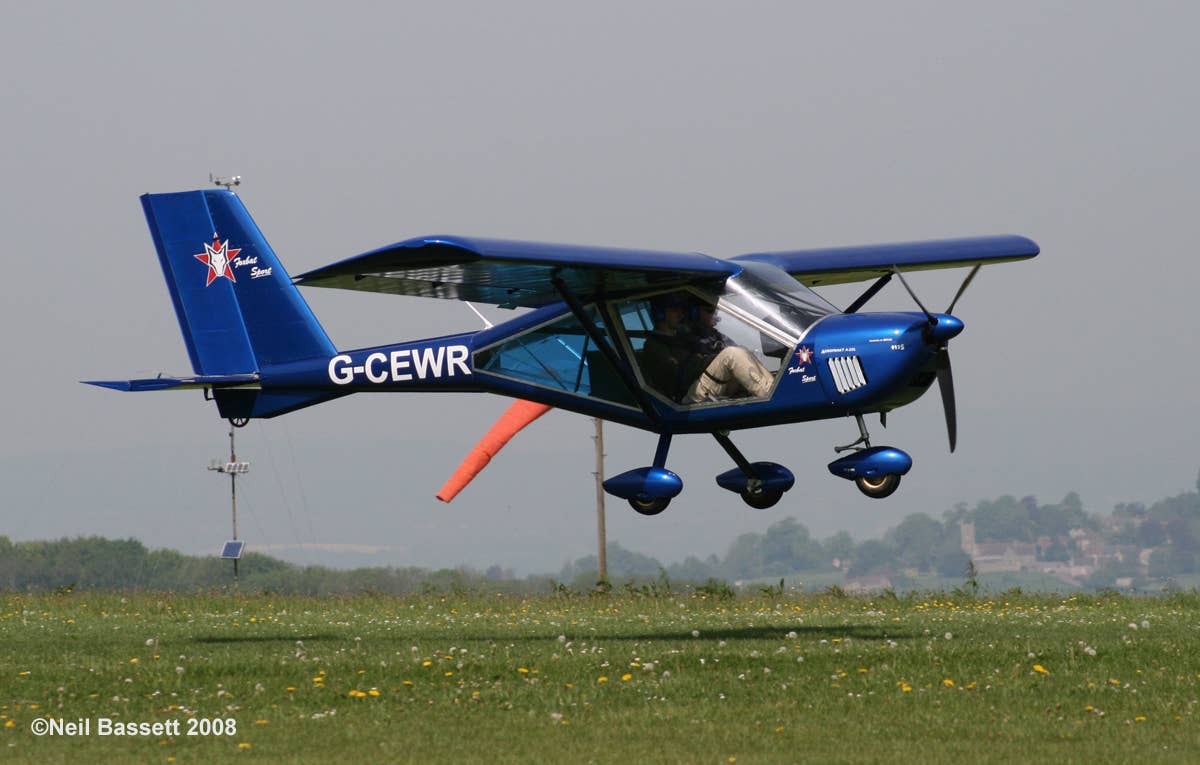Milestone Reported in Air Force Automation Feasibility Study
Reliable Robotics was contracted earlier this year to explore the feasibility of automating operations of large, multiengine jets, such as the KC-135 Stratotanker.

In February, the Mountain View, California-based aircraft automation firm was contracted by the U.S. Air Force to explore the feasibility of automating large, multiengine jets, such as the KC-135 Stratotanker refueler. [Courtesy: Reliable Robotics]
A study underway investigating the automation of Air Force aircraft operations as a means of reducing pilot requirements has achieved a key milestone, according to Reliable Robotics.
In February, the Mountain View, California-based aircraft automation firm was contracted by the U.S. Air Force to explore the feasibility of automating large, multiengine jets, such as the KC-135 Stratotanker refueler.
"This is of great value to the U.S. government because it will help solve the demand of short to medium range, point-to-point logistics without the need to manufacture new aircraft, which will ensure critical logistics are available at speed and scale to all regions of the country," Colonel Sean R. McClune, who leads the Mobility Capabilities Development Team for the Air Force, said at the time of the announcement.
Reliable Robotics said Wednesday it had made "significant progress" in compiling detailed analysis of the applicability of its remotely operated aircraft system (ROAS) for cargo and refueling operations. The system enables continuous autopilot engagement through all phases of aircraft operation, including taxi, takeoff, and landing with a remote pilot supervising operations, according to the company.
Among the findings, the company said, was that airframes can accommodate the system upgrades "with only modest adjustments for remote piloting and select refueling operations." The company also found that ROAS on larger airframes can achieve the same levels of system reliability required under FAA certification and that large remotely piloted military aircraft can operate more efficiently and with flexibility equivalent to commercial operations without the need to manufacture new aircraft.
“Automating existing inventory at fractional costs will provide commanders unprecedented flexibility and safety in meeting acute operational demands with the smallest deployed human footprint," said David O’Brien, a retired Air Force major general who serves as senior vice president of government solutions at Reliable Robotics.

Subscribe to Our Newsletter
Get the latest FLYING stories delivered directly to your inbox






